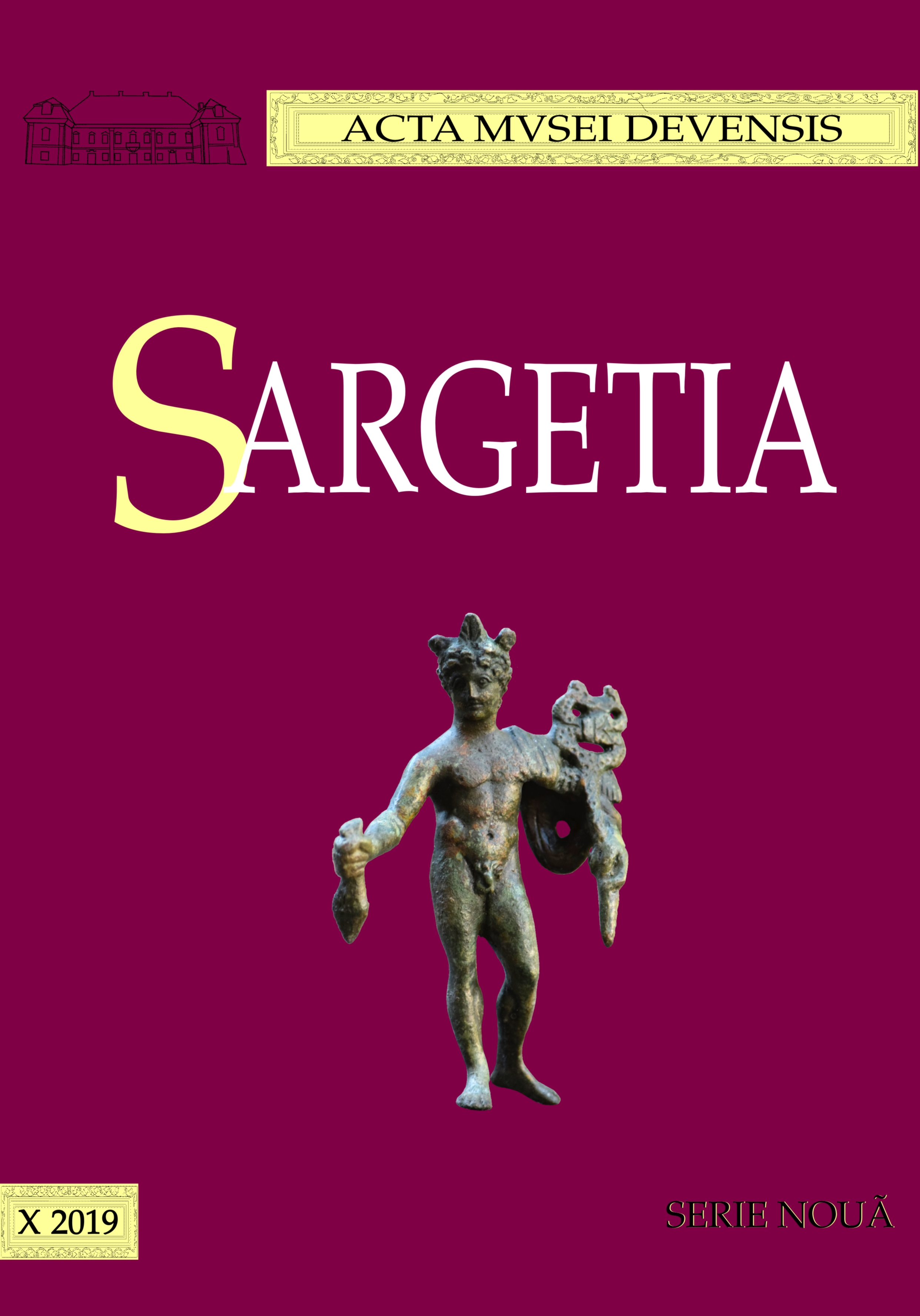Ciorolița, Ciorolesa, Ciurlicatul – vechi obicei, regăsibil în arealul Zarandului de munte
Cioroliţa, Ciorolesa, Ciurlicatul – an Old-Custom, Usually to be Found in the Zarand Mountainous Area
Author(s): Cecilia Monica DușanSubject(s): History, Archaeology
Published by: Editura Altip
Keywords: habits and traditions of Zarand; renewal rituals of time; magical practices; solar cult; carnival mask;
Summary/Abstract: All the customs and rituals related to the death of the “old year” and the birth of the “new year” have as their unique purpose the “symbolic renovation of the world”.These consist in acts of divination, namely various magical practices (charms and incantations), having in particular the purpose of finding the fated/foredoomed, the propitiation acts, consisting of health wishes, abundance, many years, as well as prophylactic and purification acts that have the role of chasing away the evil spirits that cause illness, accidents, household damage and other inconveniences.In this paper we refer to all these acts or practices retrieved in the custom of Ciurlicat in Basarabasa village, but also in other villages of the Zarand mountainous area, customs known as Cioroliţa, Ciorolesa, Ciorolexa, practices that take place around the celebration of Epiphany/Twelfth Day.The practices of chasing away the evil spirits were occasionally made in the case of human or animal epidemics, invasions of insects on crops, and periodically at the beginning of a new calendar cycle (year, season). Those prevention acts included a whole range of archaic practices: fire, fumigation, passing cattles through fire, jumping over fire, burning incense or other substances, splashing water, bathing in the river, making noise using various instruments. The chasing out of evil spirits through these purification practices was especially performed between the New Year and the Epiphany, as can be seen in this case (Pl. I-IV).To these ancestral practices is added today the Christian custom of purifying homes and its inhabitants by sprinkling them by the priest and diacons with sanctified water on the days before the Epiphany.All these acts and rituals are found today in the custom of Ciurlicat in Basarabasa, the custom of Ciorolesa in Ormindea, the custom of Cioroliţa from Tebea and the custom of Ciorolexa in the area of Gurahonţ. It is actually the same custom, practiced by Epiphany with some differences of approach, ritual, depending on the village.Thus, in Basarabasa, on the evening of Epiphany, the children in the house together with their grandparents go through the household, they surround the house, the stable, the hogsty, the hen's roost, wearing bells a bundle of branches taken from the trees of the orchard, to which are added a drizzle branch and a burning candle (The Puppet of the Ciurlicat), a shovel with jerk and incense, holy water and grains. While they throw grain and holy water over the animals and the inhabitants, they are wished to have health and a good crop in the year that has just begun.At Ormindea the ritual is the same, missing only the bundle of branches (Puppies of the Ciurlicat). In the big coil, braided, with a hole in the middle (as a solar symbol) that we find in Basarabasa, people introduce some coins. After they walked through the courtyard sprinkling it with holy water, the inhabitants returned to the kitchen and broke from the sweet bread called here Ciorolesă, hoping that in that piece they would find as many of the coins inserted into the dough, believing they would have good luck that year.In Țebea, the ritual is designed to purify and renew the whole community, the whole village area. That is why many fires are lit at the crossroads and a group of masked young men, go through the whole village making great noise by hitting some metal objects, shaking off the bells, blowing the horns and hitting with their bats the gates, the fences, the fires, the footbridges, and even the feast participants. During the ritual, they also call the word Ciorolița, considered to be a magical word.The habit of Gurahonț is similar to the one from Bsarabasa, distinguished by the fact that the Puppy of the Ciurlicat is called the Puppet of Light.Considering the informations above, it is clear that the Chiraleisa custom, mentioned for the first time by Dimitrie Cantemir in his work Descriptio Moldaviae in 1716, is still found in some villages in the Zarand mountainous area, under the names of Ciorolița, Chiralesa, Chiralexa or Ciurlicat. The custom seems to be old for millennia, as Dimitrie Cantemir even points out, specifying that it comes from the Dacian times, being specific to the moments of renewing the time. Due to his old age, he was enriched with ritual elements taken over or common to other feasts, such as the masks and fires show from Țebea, the Basarabsa Ciurlicat Puppets, to which are added elements of Christian practice (sprinkling the entire household with holy water), specific to the Epiphany.
Journal: Sargetia. Acta Musei Devensis
- Issue Year: 2019
- Issue No: 10
- Page Range: 355-368
- Page Count: 14
- Language: Romanian

